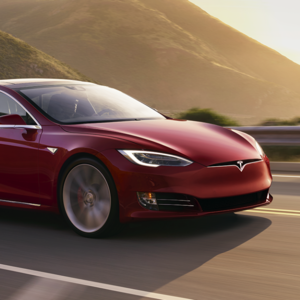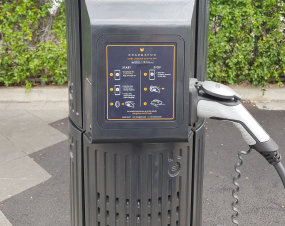Early in 2019 we received confirmation from Harley-Davidson that the LiveWire all-electric motorcycle would be making its way to Australia next year. Their first e-bike dropped in the US this September — with a brief pause to production thanks to charging issues in October — and will likely be seen Down Under by the second half of this year.
The future for electric motorbikes in Australia
But the LiveWire, while certainly ambitious from the combustion heavyweights at Harley, was not the first mass-produced, street-legal electric motorcycle sold in Australia. That distinction was snatched up in 2010 by American e-bikemaker Zero Motorcycles.
In 2019, Zero motorcycles are sold all over the US and Europe, with a handful of dealers in South America, Africa, Asia and the Middle East — but not Australia. What happened?
Meet Zero
Zero was founded under the name “Electricross” in 2006 by an ex-NASA engineer. They sold custom-made electric motocross bikes out of a shop in Santa Cruz, California. By 2008 they’d employed 25, secured investment and a building, and begun work on their first street-legal model, the Zero S.
The S (for ‘street’) debuted in 2009 and was shortly followed by the DS (dual sport). It was the world’s first mass-produced, street-legal electric motorcycle and it didn’t take long to spread to Europe and Australia.

Meanwhile the company continued to move from strength to strength. In the early 2010s — just as Tesla were making waves with the launch of their similarly named Model S — Zero kept expanding their dealership footprint and their model range.
The switch to pouch battery cells in 2012 made them the first electric motorcycle manufacturer to achieve 100 miles (160 kms) of EPA-rated range in their bikes. Celebrities including Arnold Schwarzenneger, Jay Leno, and Fabio flocked to the brand.
But all was not well for Zero. Despite strong interest and development over the 2010s, they couldn’t achieve the engineering or the economies of scale necessary to bring prices down to match combustion-bike levels — not even close.
Demand for their bikes was, and still is, driven by enthusiasts. They just couldn’t make an economic argument to make riders switch en-masse, and some cuts had to be made to keep the company going. The first thing to go: Australian dealerships.
Riding range
After six years of middling sales, Zero officially stopped selling their motorbikes in Australia in 2017. They’ve continued servicing existing units here since then but have yet to announce any return to the new bike market.
Which is a genuine shame since their bikes have continued to evolve and attract attention overseas. The latest Zero SR, when purchased with a ‘Power Tank’ battery extender, boasts 360 kms of city-riding range for $18390 USD (~$27,000 AUD). Expensive, yes, but also a significant discount on the $29,799 USD tag (Australian pricing not confirmed) on the LiveWire which delivers a comparatively limited 235 km of city range.
Obviously range isn’t everything, and the prices are still steep either way, but Australian motorcyclists would definitely enjoy having the choice for their all-electric purchase.

And choice they would certainly have if Zero offered their full range to Aussie buyers. Their priciest model, the SR/F, slightly edges out the LiveWire on power — 110 HP (SR/F) vs. 105 HP (LiveWire); 199 km/h top speed (SR/F) vs. 152 km/h (LiveWire) — and comes in cheaper to US customers, but it lacks premium features like the LiveWire’s touchscreen front display.
And Zero haven’t abandoned their motocross roots, either. Their FX and FXS models offer full electric riding for the offroad crowd; both include optional hot swappable batteries and the trail-tearing torque that dirtbikers have come to love from e-bikes.
Are swappable EV batteries really a dead end?
Rounding out the range are the DS and DSR. These do-it-all bikes can handle both cities and trails. It’s not hard to imagine these being successful on Australia’s variable country roads — at least once they’re for sale at a realistic price.
The pros and cons of electric dirtbikes
Leaning forward
Which is the ugly truth of electric motorcycles, regardless of the brand selling them; they’re just too expensive to be a feasible sell while combustion bikes are so much more affordable and rider numbers remain low — especially compared to regular car drivers.
Zero — and other e-bike manufacturers — are investing in a technology which they know isn’t going to be hugely profitable in the near future. The path forward relies on borrowing tech from major automakers and letting their scale bring battery and component prices down.
Thankfully, that’s exactly what’s happening. The latest report from Bloomberg New Energy Finance projects battery prices will continue to fall drastically in price this next decade. So it’s likely we’ll be seeing a swathe of new electric motorcycles on our roads soon — and hopefully some of them will have a Zero badge.
Chasing the perfect electric vehicle battery

Check back to the JET Charge blog for more EV news. You can follow our Facebook page for updates or contact us at info@jetcharge.com.au with EV charging inquiries Australia-wide.






